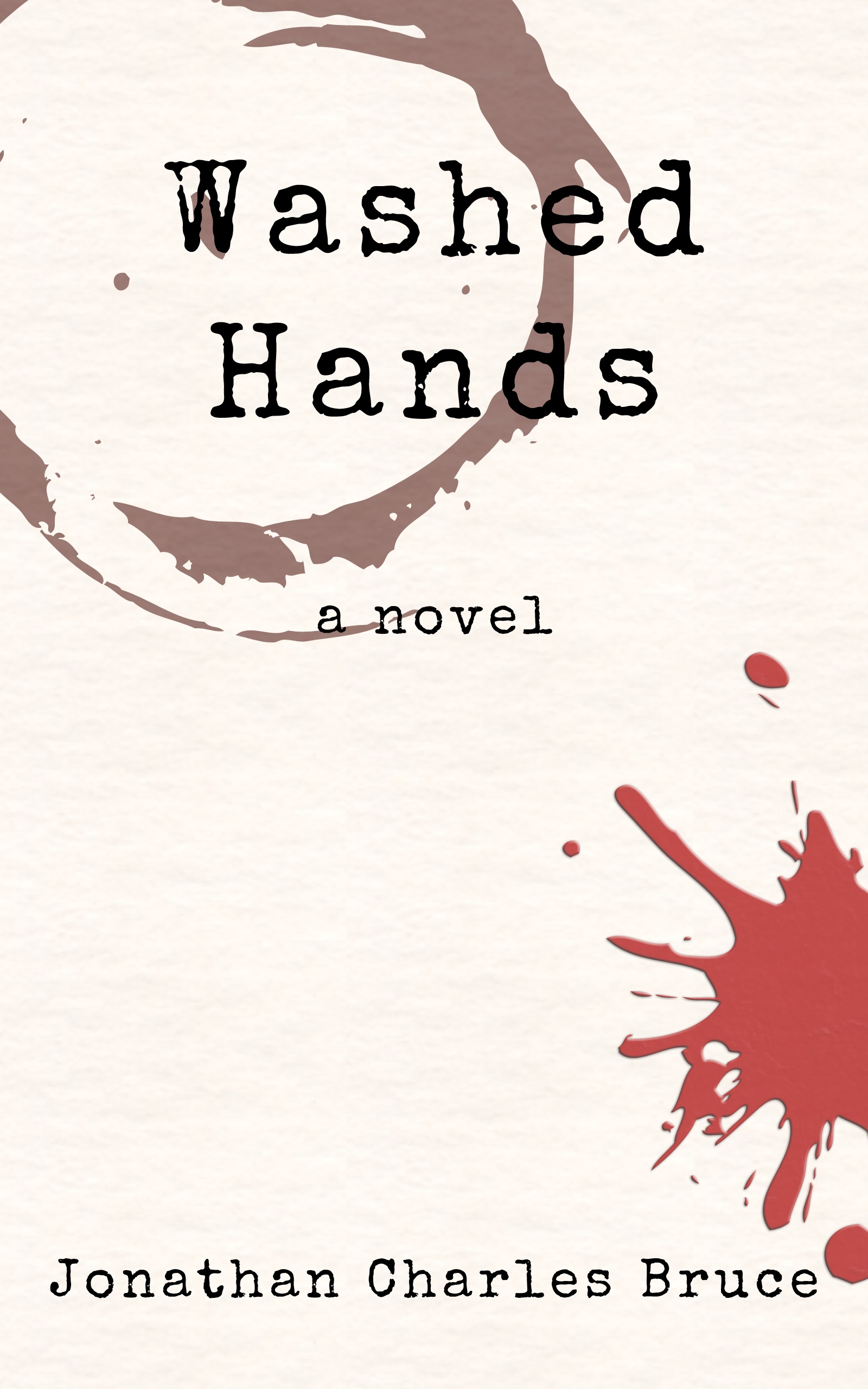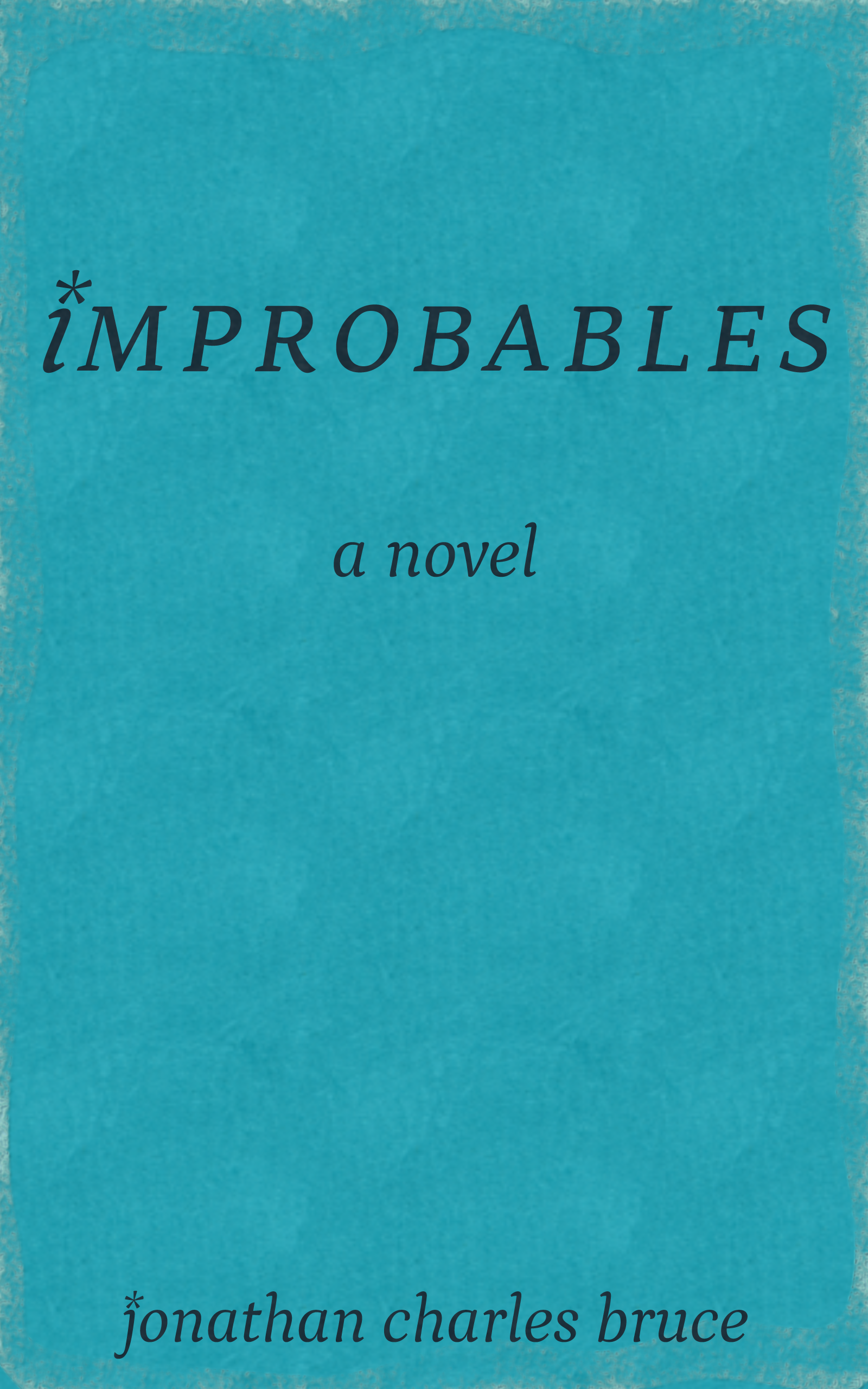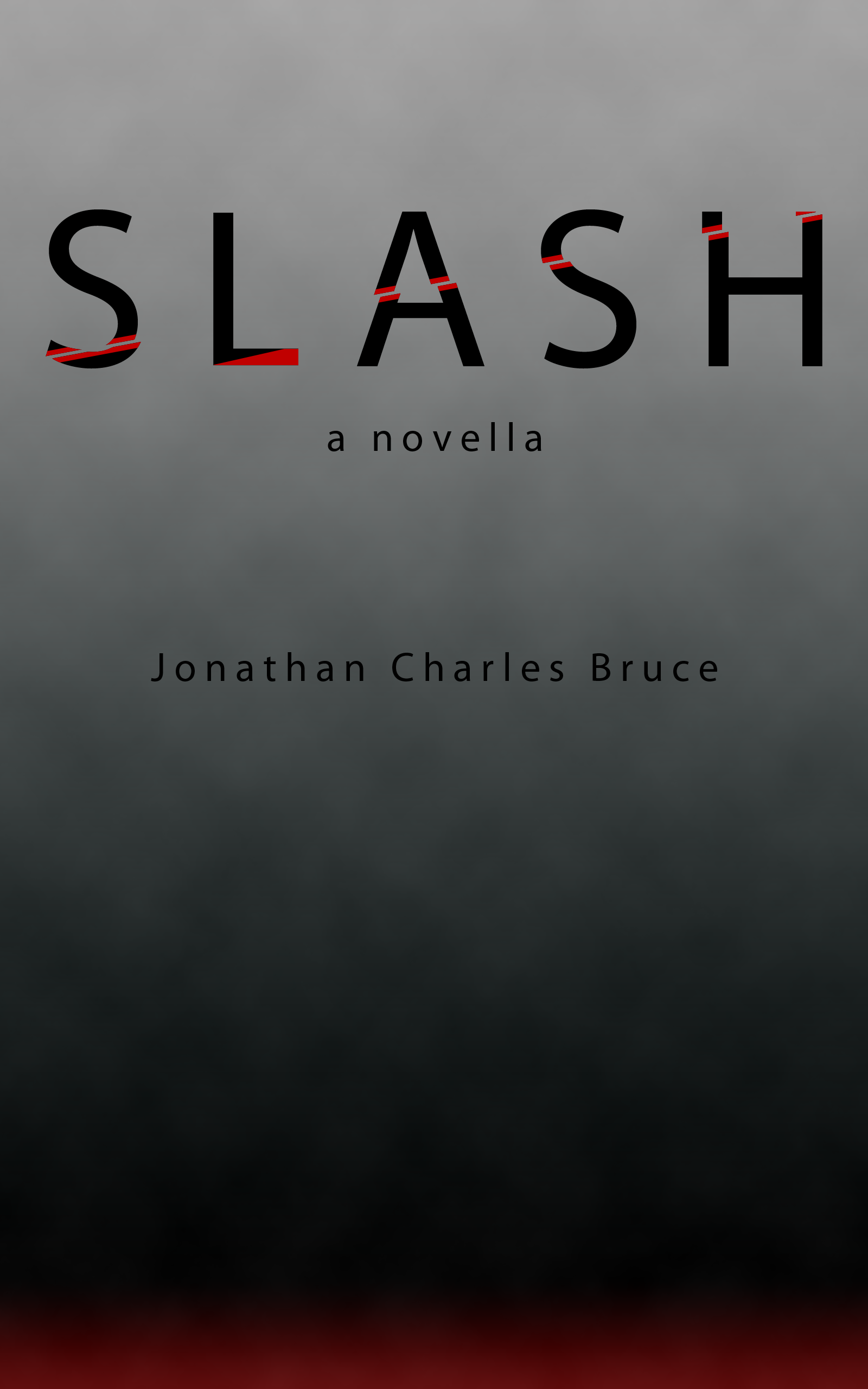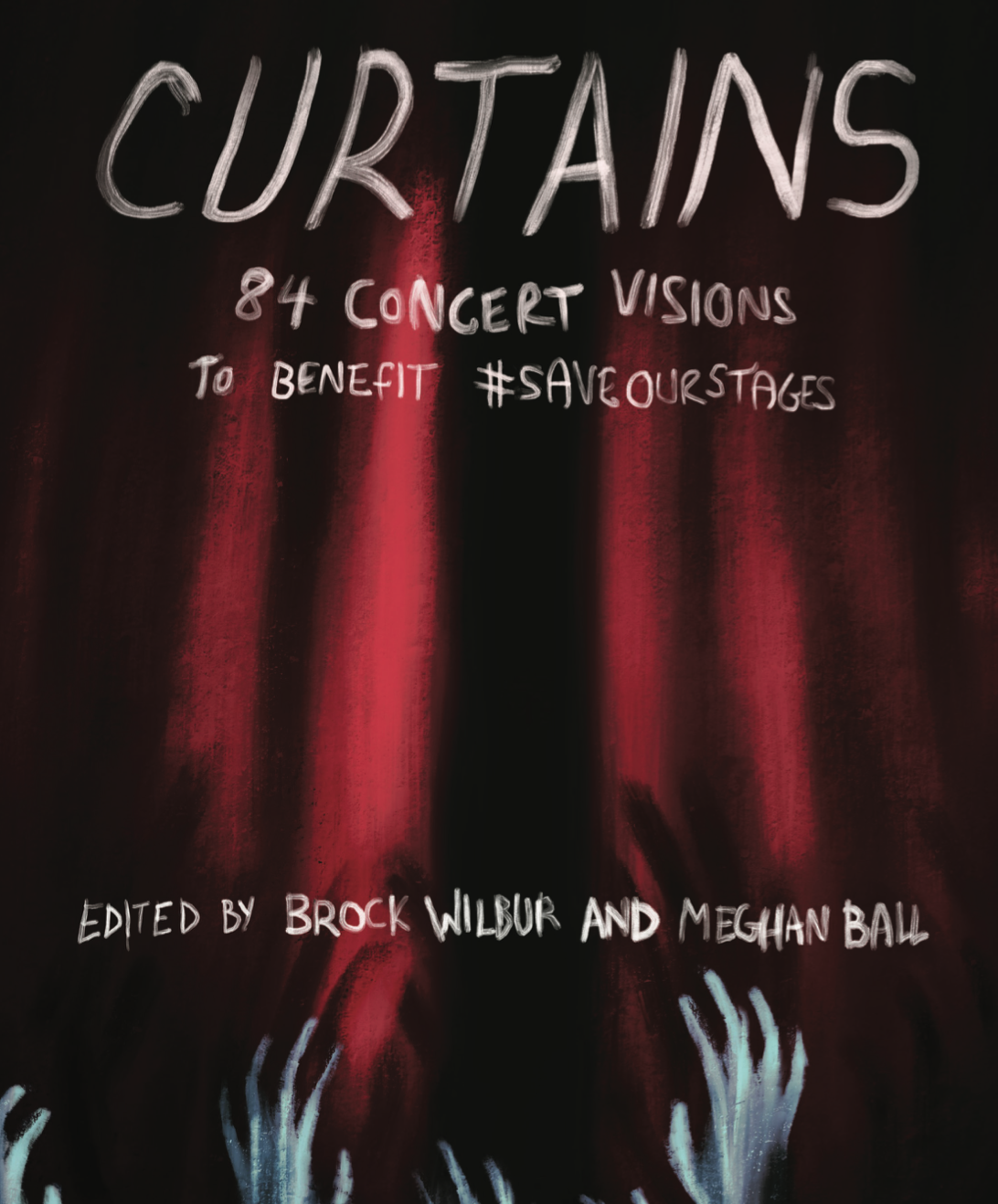Symbolism 101
Symbolism is one of the easiest ways for authors and artists who have nothing important to say to at least pretend they do. It could be very complex, with symbols built on top of others, making a pile of referential material, or it can be a detail called out in a ham-fisted manner to establish the “significant” link. And whether or not you see these symbols isn’t the point, because they are indeed there. After all, most language and art is built on visual language, and visual language relies on short-hand to encode larger meaning into smaller actions.
In my experience, symbolism falls into one of two major categories: intentional and unintentional.
Intentional Symbolism is exactly what it sounds like. Coded messages that people put into the text or on the canvas to provide a quick infusion of meaning/worth to their work. Or, if the author/artist in question is actually fairly competent, then they serve to connect their work to wider themes while maintaining their uniqueness. Or something like that.
Intentional symbolism can be awkward or subtle, and I’d lean more toward the idea that it’s really hard to make such symbolism innocuous. After all, most creative people (myself included) are in some small way vain. After all, they think they have something that people should see/read/eat/worship. And there’s the impulse to just make sure that everyone understands what it is they’re trying to say. God forbid that someone critically analyze their work and get the wrong impression!
Imagine an author, hammering away at a manuscript, trying to make sure that everyone can see the brilliance of the work in progress! And the audience simply must see how this hero’s journey is identical to episode 216 of My Little Pony, dammit!
“So she trudged forward, stamping her feet into the dirt, positively champing at the bit to end her quest for the magic whatsit.”
No, it’s just not there. The audience is far too dense to appreciate that oh-so-subtle word play! They must know she has become one with the pony. She is determined like... yes!
“With the determination of a pony, she stamped her feet, hoof-like, into the dirt. Froth built up on the sides of her mouth; she was champing at the bit to end her race-like quest for the magic whatsit, the metaphorical oats of life.”
Damnation! It’s still not there! How will the audience ever understand how important talking ponies are to me... I mean... the hero? Wait... yes... I got it!
“I am striving to make a symbolic connection here. Please watch episode 216 of My Little Pony. Thank you. Pony.”
Even if it’s not that obvious, it almost always reads that way. It comes across as the author screaming in your ear about how they feel about a certain political ideology, religion, or whatever. Such symbolism also tends to be incredibly annoying and designed to make the author feel good about ‘hiding’ their opinions in plain sight.
C. S. Lewis was never shy about admitting what The Chronicles of Narnia were about. But even if he had played it coy, everything is just so very ham-fisted that I find it curious people actually study the books at all. After all, what’s the fun in critically analyzing the symbolic equivalent of a word search? The answers are already there! There’s nothing critical about it - you pretty much just go down the list of matching characters and events. It’s like one of those filler pages in an exam where you have a column of stuff on one side and on the other and you draw the line connecting the ideas.
But, then again, his work has also generated approximately infinity money, so clearly he found the sweet spot between blatant pandering and engaging storytelling. But he even has dialogue designed for the rib-cage nudge for the ‘slower’ members of the audience, as though saying “Didja get it?” Yes, Mr. Lewis, we got it. We could have been asleep and have gotten it. Can you go back to being dead, please?
And before anyone accuses me of anything untoward... um... toward Narnia or its fan base, the same could be said about the blatant anti-Narnia, the His Dark Materials trilogy (or The Golden Compass for the non-reading crowd). In both instances you have a desire/need to use symbolism to partially mask the author’s intention. In Philip Pullman’s case, it’s the hyper-dogmatic Magisterium which takes the place of... well, any hyper-dogmatic organized religion. C. S. Lewis used a lion as the Lion of Judah (or Jesus, for those not quite up on the lingo). I’m not saying that either series is bad, but I am saying that their symbolism is pretty obvious and deliberate for whatever reason. But, if you want to talk about awful, we can do that.
Let’s take a look at the prequel trilogy of Star Wars (yes, others and I kick the shit out of them a lot, but it’s a gold mine of what not to do). In these movies, there’s a vague prophecy which alternates between causing great danger and bringing balance to the Force depending on which specific movie you’re watching and what they want to have happen in the plot. But that’s not the biggest issue here; a lot of media uses ‘prophecy’ in lieu of engaging stories. By combining this prophecy (of which we’re told pretty much nothing, by the way) with the fact that Anakin was born of a virgin (yup!), what exactly are we supposed to take from this development other than Anakin is essentially the space messiah? I mean, the film literally has an awkward scene of Shmi Skywalker (the mother) dully stating that, indeed, she hasn’t gotten any, so Anakin’s birth was all virginal and stuff. Couple this with (in a later film) the emperor telling Anakin that the Force can be manipulated to create life out of ‘midichlorians,’ and instant religious parallels. It’s sloppy, it’s boring, and all it does is justify why Obi-Wan doesn’t murder the little whiner and go off on adventures with a young Han Solo.
“But Jonathan! Darth Vader became evil! What about that, ya prick?”
Hey, imaginary person that continually interrupts my blog posts, I know that. But Darth Vader does eventually kill the emperor to save his son and the rest of the galaxy. Despite his hand in genocide and homicide and pretty much every other -cide you can think of, this magically redeems him enough to be put on the ‘good guy’ pay roll in the afterlife. Plus, if you go for the whole temptation of the Dark Side thing, then you could easily compare it to Jesus being tempted in the desert. The difference is we have a character who loves someone so much that he sells out humanity for the power to save her. Or, at least, we would have this if the scripts were a bit more tactfully handled. I’m pretty sure the thought process revolved around “IT NEEDS MORE RELIGIOUS STUFF!” Hold on, I think I need a palate cleasner, so let’s talk about something I like!
George Orwell’s Animal Farm is a good fusion of intentional symbolism and storytelling. But, at the end of the day, the story itself isn’t really that important compared to its message. George Orwell was simply retelling history at that point, gussied up with talking pigs and horses and stuff. It’s a fascinating read, to be sure, and certainly well crafted, but it’s less about the events of the book and more about the events upon which it’s based. The revolution, the creation of utopia, and its eventual corruption mirrors the Soviet Union’s rise so closely that the actual unique parts of the books - anthropomorphic animals - become second fiddle to teaching history.
The best example I can give of a narrative which uses symbolism expertly is actually from a video game: Silent Hill 2. The protagonist, James, is a sexually repressed man looking for his dead wife in the titular town. The monster designs are all designed to reflect his sexual hangups and guilt, while even the level designs are indicative of the horrible implications of what’s going on in his head. Even though the symbolism in parts is blatant, it’s handled so well that your brain is being fed the information without you even necessarily realizing it. It’s only after the fact that you start really putting pieces together.
One example of this is from one of the more iconic monster designs in the series. The nurses in SH2 were hypersexualized while being faceless because James was repressed sexually because of his ill wife. He wanted a normal sex life, but at the same time, felt guilty because he viewed it as selfish when his wife was wasting away. The facelessness removed any element of emotionality from what he wanted - his urge to have sex was limited to the physical because he still loved his wife. The meat-puppet nurses punished him by simply being present, gruesome reminders of what he wants while repulsing him for what they mean to him.
Also, they smacked him around with rusty pipes. But mostly the sexual stuff.
But, people can’t leave such well-thought out debauchery well enough alone, so we were graced with almost every other piece of The Town That Didn’t Pay Its Electric Bill media featuring demon-nurse-things with ever-expanding cleavage. I’ve already voiced my beef with the movie doing such chicanery over at Twentyfourpages, so I won’t rehash it here. But to sum up, the problem comes from the fact that those hyper-sexualized nurses don’t fit into any other game in the series. Like, at all. The main character of the third game was a teenage girl - if anything, her tormentors should have been hyper-masculinized nurses. In fact, one of the major villains of the first game was the male Dr. Kaufmann (fuck you, I’m not saying “spoiler” in front of a game that’s old enough to be in middle school) - why the hell isn’t he in hideous monster-form, looking for revenge? This is a problem which crops up in Origins, Homecoming, Generic Subtitle, and The Room: the monsters are just kind of there at best or are the boobtastic nurses and don’t make sense at worst.
I think the point I’m making about intentional symbolism is clearest when discussing the case of Silent Hill. While the second game feels deliberate with its symbolism, it still feels like, from the beginning, the story they wanted to tell (James receives a letter from his dead wife, saying he should find her in Spookyville - it turns out there’s a lot more to his story and James is a special kind of fucked in the head) came first. Each symbolic element was added after the fact to deliberately feed the player information rather than poke them with a stick saying “OMG, JAMES IS TOTALLY LIKE JESUS RIGHT NOW YOU GUYS.” On the other hand, the other entries in the Flashlight Simulator series seem to come up with the symbols first and justifications second. The nurses... because hospital! Obligatory hospital level... because nurses! Dogs... because they were in the first game! When the symbols are deliberate and the story is an afterthought, everything suffers because of it.
Long story short, the problem is that when symbolism is intentional, it runs the risk of having the story being built around it, rather than the story dictating what symbols to use. Sitting down at a computer or typewriter and deciding to follow someone else’s ideas is more than a little silly. If symbolism has to be shoe-horned, it’s really not worth it.
I guess the biggest crime of this type of symbolism is that - if you’re not careful - it doesn’t really offer any room for critical response to it. I mean, like, at all. Sure, we can talk about it, but if the author can just fold his or her arms and offer a huffy “You just didn’t get it,” in response to any kind of abstract thought process dissecting their work, then it takes all the fun out of it. Why? Because there’s only one, author-approved way of interacting with the media. On top of that, I can’t experience it again without feeling the oppressive viewpoint of the author smothering me with their thought-pillow. I feel like I’m not free to posit any kind of alternate idea that may challenge the ‘accepted reading.’
At the end of the day, we’re entertainers. Our job is to tell a good story. Sure, there can be a moral or message we want to get across, but the simple stuff should be self-evident. The symbols you use for your story (hero = martyr, shark = Richard Nixon, etc.) should be subtle and work to tell the story, not the other way around. After all, “It had a good message,” is not really on the top ten reasons to read a book or watch a movie. It’s the “I love you like a sibling,” of the entertainment world, the consolation prize for failing in writing, acting, pacing, music, existing, font choice, page color, and engaging the audience.
Unintentional Symbolism is a bit harder to really pin down. After all, once something is released to the wild, an unscrupulous author can quickly make it seem like every great symbolic message was intended from the start. I would call shenanigans on this - I can usually tell when I’m being targeted for a sermon, and it seldom makes for good reading. Accidental profundity is just as worthwhile as the intentional kind - and usually it happens without the pretension. So kindly take your foot out of your mouth, be humble, and maybe you’ll stumble into depth again. And if not, no one will realize just how full of shit you would have been if you tried to admit to how awesome everyone thinks you are.
Oh, sorry. Tangent. My bad. Anyway, as I point out toward the end of my critical masterpiece, You Know It, people use symbols as shorthand without even realizing they’re doing it. To me, that’s far more interesting than a lot of fiction that strives from the very beginning to be ‘deep’ by jamming in blatant thematic elements into the narrative. Something like the original Star Wars and John Carpenter’s The Thing says infinitely more than Ayn Rand’s Atlas Shrugged because the authors wanted to tell a good story versus argue a point.
Star Wars came in a decade that saw Richard Nixon leaving office because he, in a shock to absolutely no one paying attention, turned out to be slightly less than ethical. We finally got out of a disastrous war (which Richard Nixon probably extended, by the way). We saw the rise of exploitation films which simultaneously allured and alienated their audiences. This was the decade of Death Wish, wherein a guy kills the entire population of New York for looking at him funny - and he’s the hero. We had disaster movies coming out the ass. Chinatown made us realize that sometimes the bad guy wins and we can’t do a goddamn thing about it. If that weren’t enough, The Omen series showed us that sometimes our own children can be corrupted by forces beyond the veil.
Which makes Star Wars’s ultimate message - the little guy can win - all the more special. Now, yes, there were other happy, feel-good media, but not since Star Trek had hope really been a powerful and lasting force for entertainment. And remember, Star Trek’s television run ended in ‘69 and took nearly a decade to arrive in theaters - no doubt thanks to Star Wars helping remind people that sci-fi didn’t have to be a bleak, crime-riddled hellscape in 1977.
Now, granted, Star Wars was intentionally built out of previous ideas and symbols - the Jedi were basically samurai, the whole plot is similar to an old western, and Lucas had originally wanted to do a Flash Gordon movie - but the intentional symbolism doesn’t hold a candle to the unintentional aspects of the movie. What does the story tell us about the time period it was written, recorded, and produced in? How does Princess Leia reflect an evolution of the feminine role? How does the story of a boy who rises to challenge an empire take off in an incredibly fucking depressing decade? And I mean, really take off - something about Star Wars speaks to its audience in a way that continues today. Completely drowning out the heaped-on craziness of its progenitor, Star Wars never intended to be what it became, and that is worth looking at through a cultural lens.
These questions - questions of gender, of culture, of plot - have no clear answer. They were formed because Lucas was telling a story using the world around him as a well of information. As such, we can actually discuss these things without having someone smack our hand and say “No! Wrong! Do it AGAIN!” Or, at least, we can if we ignore it when Lucas claims he had the entire thing planned out from day one (psst... he totally didn’t).
To give you a more specific example, let’s jump to the next decade and another movie I hold dear, even though I can’t watch it while eating. I say that John Carpenter’s The Thing is unintentionally about the AIDS epidemic that was spiraling at roughly the same time. In 1981, you have a “new” disease that seems to target gay men, people are freaking out because they don’t understand it, and it’s pretty much a death sentence. Oh, and to make matters scarier, the infected can pass for the uninfected. In 1982, a movie comes out about a bunch of men, stranded in the Antarctic, with a blood borne-invader/pathogen that they can not effectively fight or understand. Contact is fatal. And the worst part? The infected can pass for the uninfected.
There are websites that do have the similar idea, but I’m not linking to them because at least one is so retina-searing awful that I couldn’t, in good conscience, send you there. But have fun with this. In the end, though, I am not right. No one really is. In fact, I may be less than right, because I’m cutting the events of AIDS entering into the public consciousness and the beginning of The Thing’s filming razor thin. But, hey, it’s still critical analysis, and it’s tremendous fun.
To go follow my overall point further, The Thing was based off Who Goes There?, a novella which has a very similar concept and plot. But the novella could be deconstructed as the fear of communists, but I’d contend that you’d have to really be stretching. The movie Hollywood originally made, The Thing From Another World, aside from being awful, is not only explicitly anti-commie, but anti-intellectual as well. In any case, we have the same idea meaning different things at different points in time and just who was doing the interpreting. Of the three versions of this story, the worst (in my (correct) opinion) is the shitty cold war propaganda one. Why? Because it sacrificed telling a good story in order to hammer a ham-fisted, shoe-horned (ham-horned?) moral into the story and then told the audience exactly what it meant.
Personally, when writing I was about halfway through writing Project Northwoods, I began to wonder what people were going to read into it. I mean, it doesn’t take much for people to try to take ownership of fiction. We have topics of objectivism in The Incredibles (articles which I am not going to read, because I’m afraid my hard drive will stop talking to me) and rampaging discussions of trying to figure out Batman’s political philosophy (ANSWER: he’s a sociopathic vigilante, why would either party want him?). Did I put some kind of hidden underlying message in the book? Maybe. If I did, it really wasn’t intentional. And I actually kind of look forward to hearing different interpretations of it - if it does indeed happen.
What I’m not looking forward to is what I expect to be the singular reason why people hate talking about symbolism in books - the “official reading.” You know how I said that intentional symbolism falls into the trap of having only one “right” way of reading a particular piece of media? Well, occasionally, a critic will read into something, write a response, and this generates a community understanding that this, and only this, is the true interpretation. And then, instead of encouraging discussion, everything revolves around reinforcing this viewpoint.
Case in point, I remember my ninth grade English class having to read Hemingway’s The Old Man and the Sea. Well, it turns out, a bit after the book was released, Joseph Waldmeir did a review which made the work into a metaphor for Jesus. And while the book did have what appeared to be pretty overt Christian symbolism, I guess someone had a hard-on for this particular interpretation. Each class became an endless slog through the “approved” message of the book. Yes, students probably could have failed for not identifying the appropriate symbols - which is kind of silly, considering.
Anyway, the worst part about this is that this was disguised as critical thinking. Instead of actually talking about metaphors or similes or symbolism, we talked about a very specific reading that some people have. Books are personal - and yes, people can be way off base with their own readings, but unless there is evidence within the book to contradict it (maybe they missed a page, maybe they’re unable to see the letter a, or perhaps they’re just plain stupid), it’s no more “correct” than yours.
Trying to explain this to that particular teacher did not end well.
The funniest part about it? Even Ernest Hemingway thought that people who believed it had any symbolism whatsoever were full of shit (third quote from the bottom). It seems to me that he understood that any symbolism is what the individual wants to take away from the work in question. And while it doesn’t invalidate Waldmeir’s argument (remember, unintentional symbolism), it does undermine the disturbing adherence to one way of reading the book.
I guess what I’m trying to say is when Hemingway said you were wrong, it behooved you to listen.
< PREVIOUS ENTRY • NEXT ENTRY >
Advice • Fiction • Gaming • General Musings • Reviews





